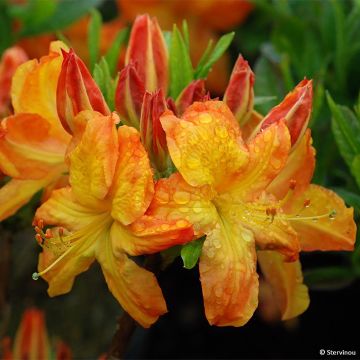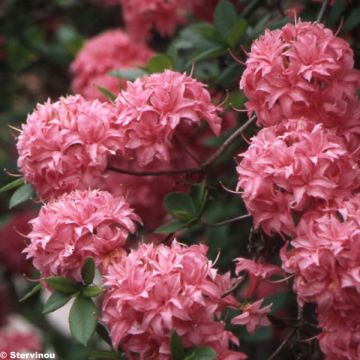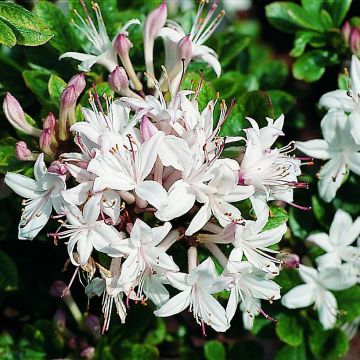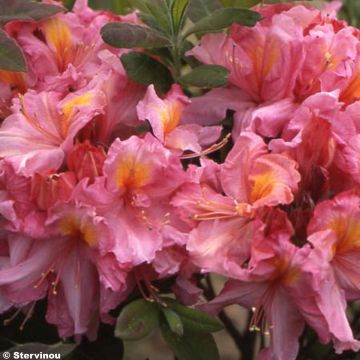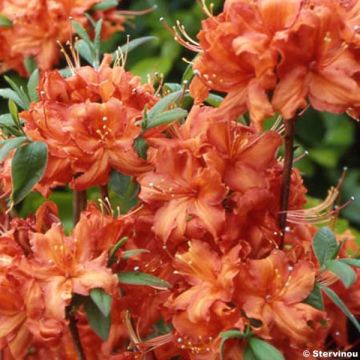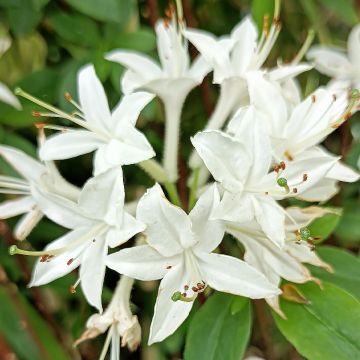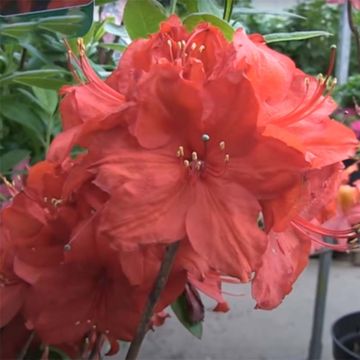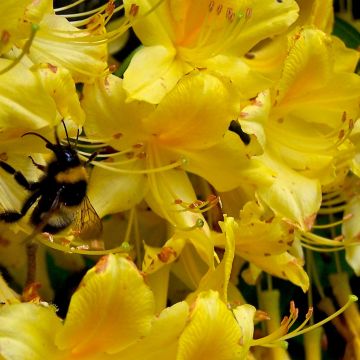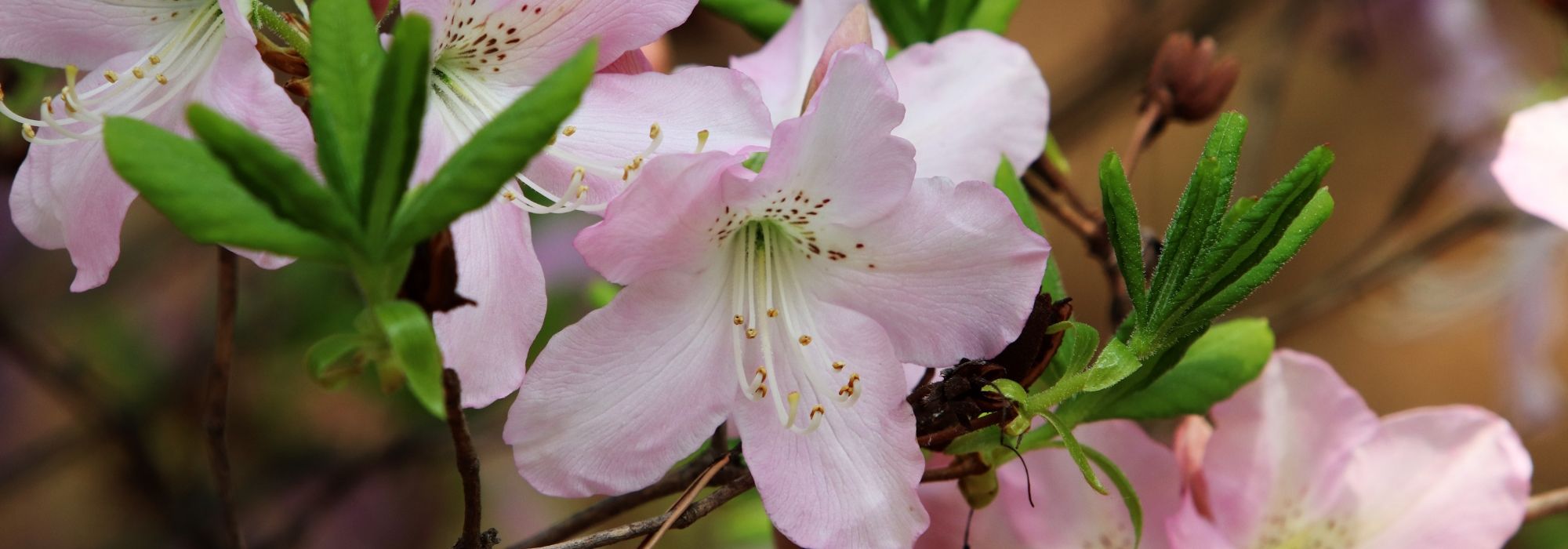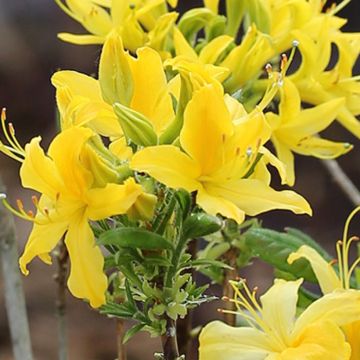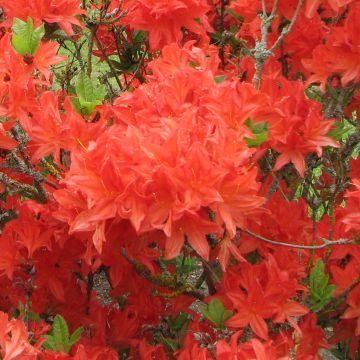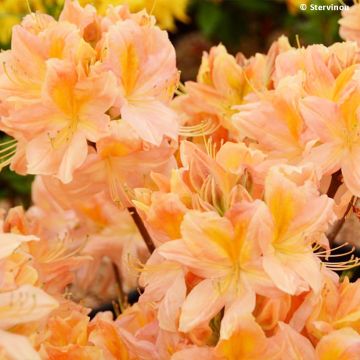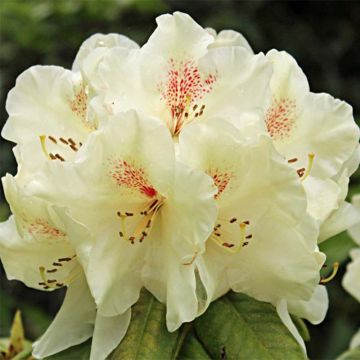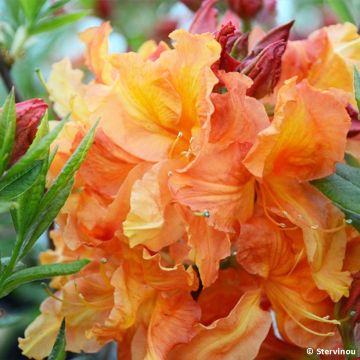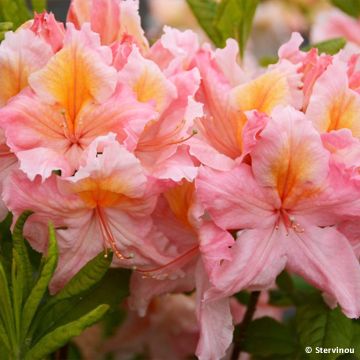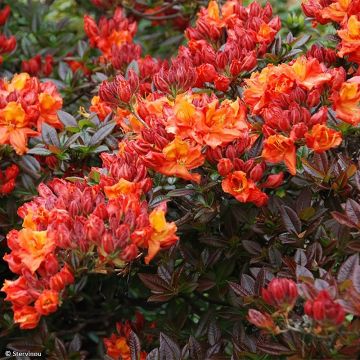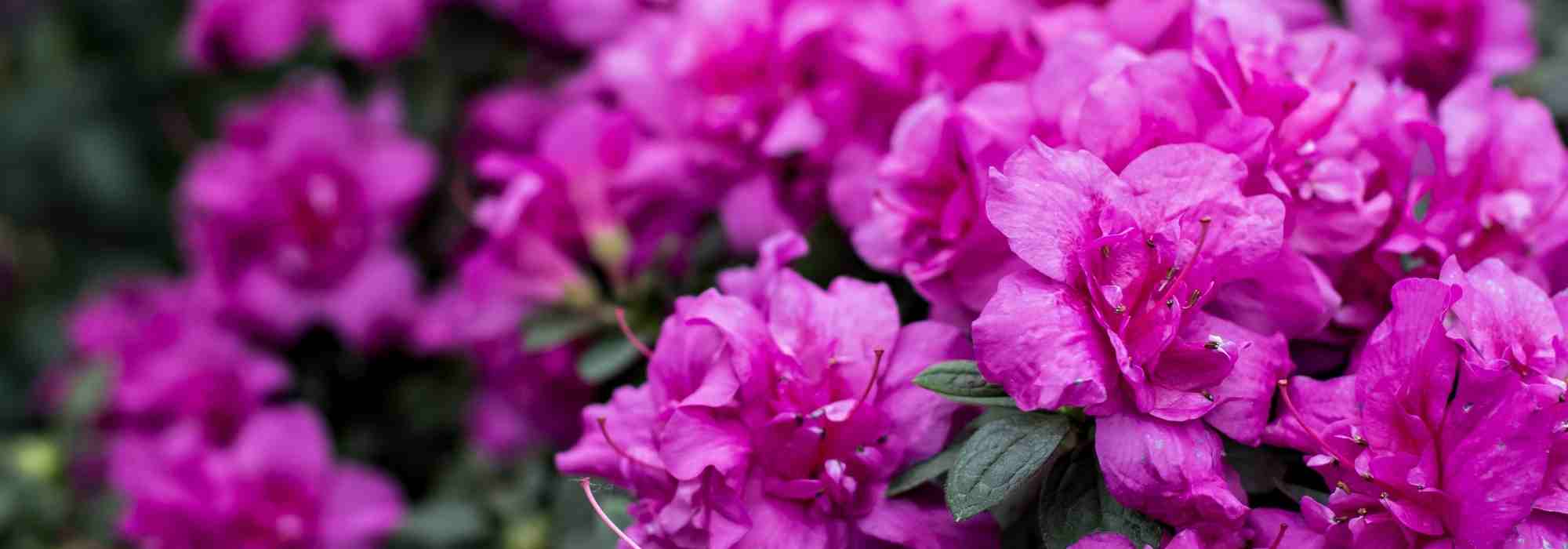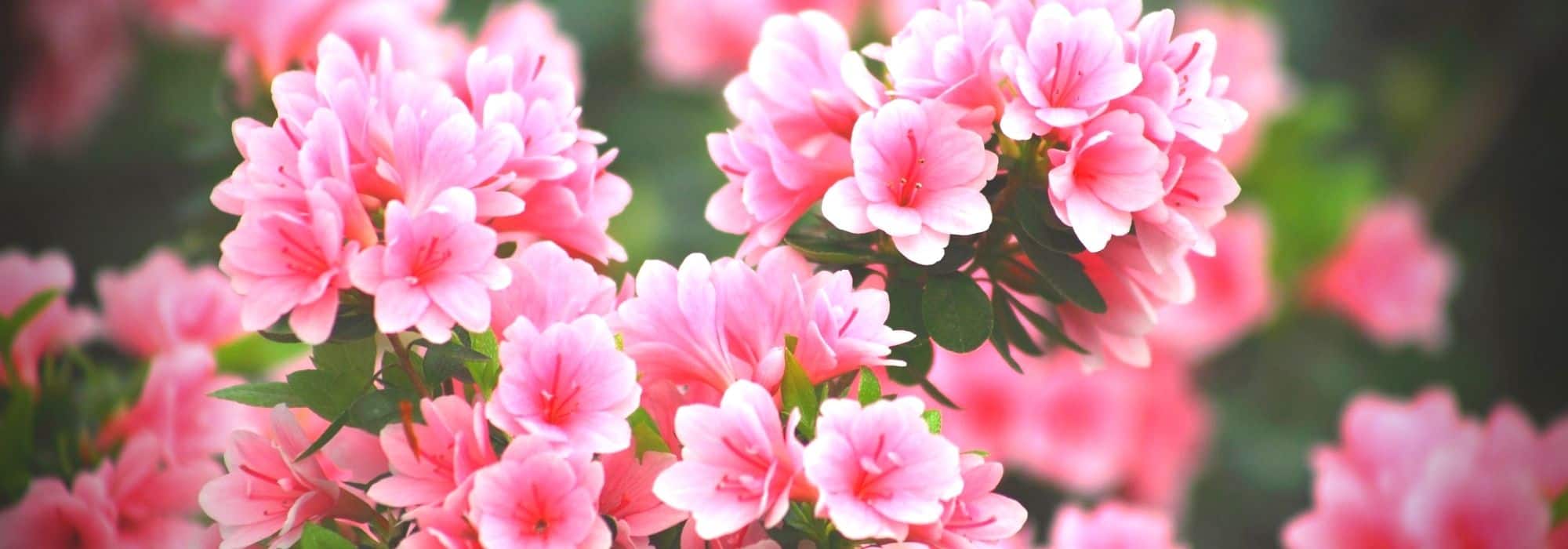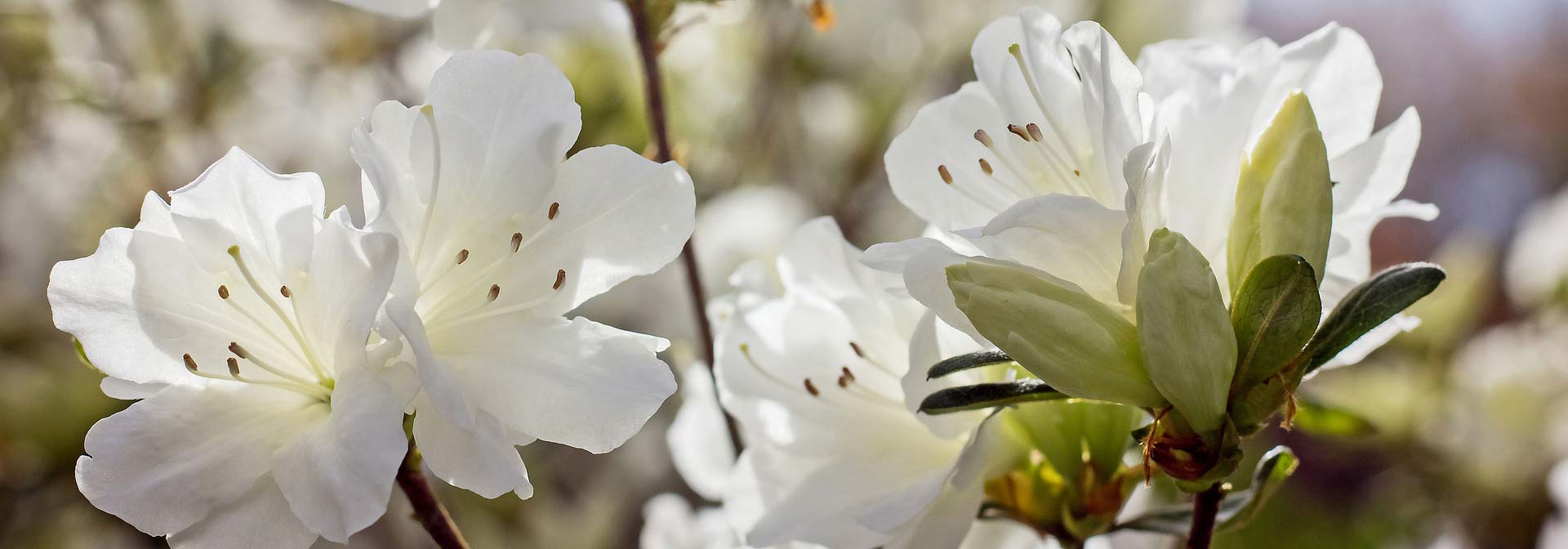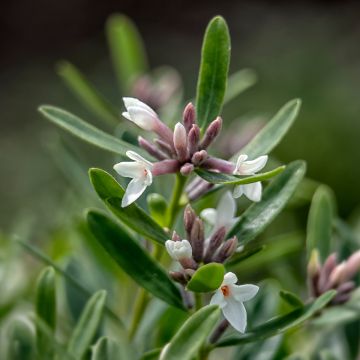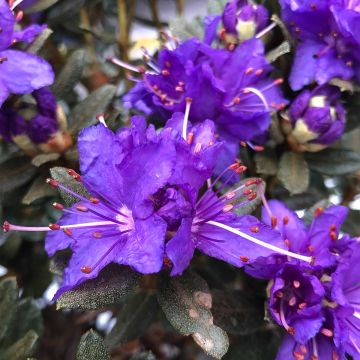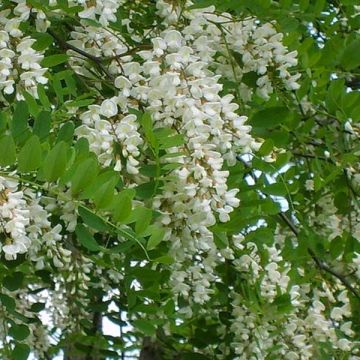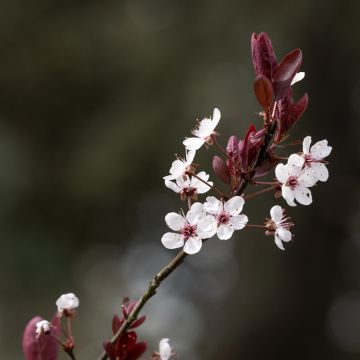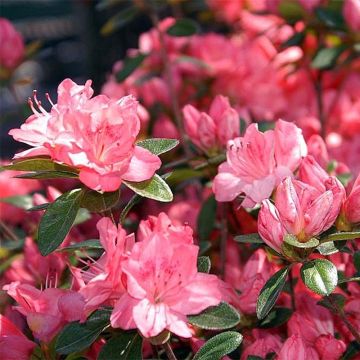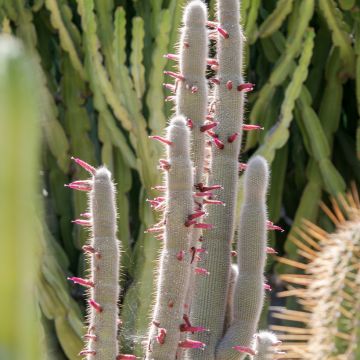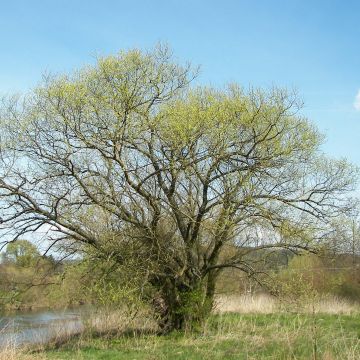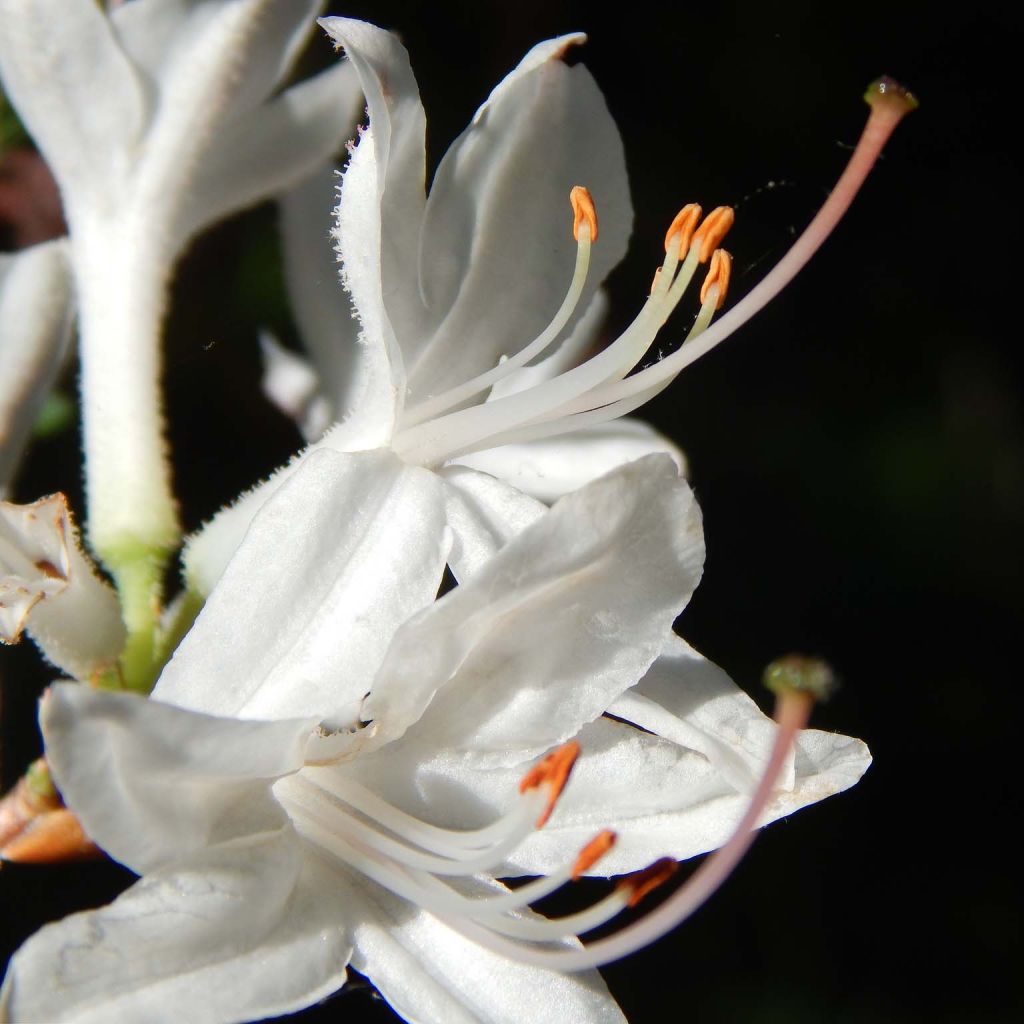

Azalée de Chine Fragrant Star - Rhododendron (x) atlanticum
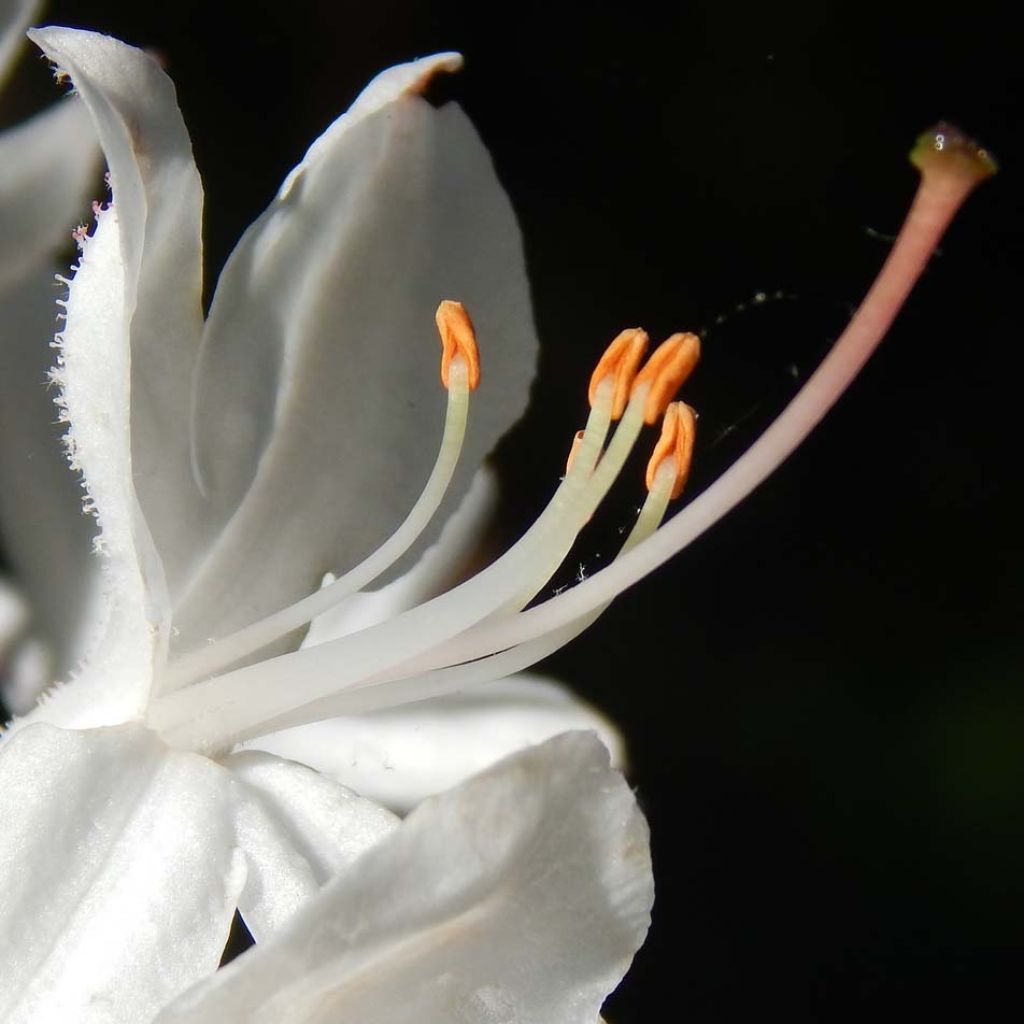

Azalée de Chine Fragrant Star - Rhododendron (x) atlanticum
Chinese Azalea Fragrant Star
Rhododendron (Azalea) x atlanticum Fragrant Star
Chinese Azalea
Brilliant. Planted quickly, I'm looking forward to next spring to see what it has in store for me in terms of flowering.
Danielle, 03/10/2021
Special offer!
Receive a €20 voucher for any order over €90 (excluding delivery costs, credit notes, and plastic-free options)!
1- Add your favorite plants to your cart.
2- Once you have reached €90, confirm your order (you can even choose the delivery date!).
3- As soon as your order is shipped, you will receive an email containing your voucher code, valid for 3 months (90 days).
Your voucher is unique and can only be used once, for any order with a minimum value of €20, excluding delivery costs.
Can be combined with other current offers, non-divisible and non-refundable.
Why not try an alternative variety in stock?
View all →This plant carries a 24 months recovery warranty
More information
We guarantee the quality of our plants for a full growing cycle, and will replace at our expense any plant that fails to recover under normal climatic and planting conditions.

Would this plant suit my garden?
Set up your Plantfit profile →
Description
Azalea 'Fragrant Star', commonly known as the Chinese Azalea, is part of the deciduous foliage Rhododendrons. It is a beautiful improvement of a species native to the east coast of the United States, which has passed on its extraordinary fragrance to it. Quite early in the season, enhanced by an elegant green-blue foliage, its bouquets of flowers resembling white lilies with a hint of beige-pink when they open, are capable of perfuming an entire area of the garden. Deciduous azaleas, less demanding than their evergreen Japanese cousins, have many qualities to discover in the garden, but also in pots on the terrace or balcony.
Azaleas and Rhododendrons are plants from the heather family, just like heathers, preferring mostly lime-free soils, with an acidic tendency, and humid climates. 'Fragrant Star' descends from the famous cultivar 'Snowbird', from which it distinguishes itself with larger flowers. It has the genes of the Rhododendron atlanticum, as well as the R. canescens. Its first parent is native to humid or drier plains and savannas in the eastern USA. It is found on the Atlantic coast of North America, among pines and oaks, in plant formations that regularly experience fire. The second, R. canescens, grows in large colonies in humid woods, on the margins of marshes and along streams in North Carolina, western Florida, Tennessee, Arkansas, and Texas.
'Fragrant Star' is characterized by excellent hardiness (up to -26°C (-14.8 °F)) and remarkably fragrant flowering. The bush, with fairly slow growth, will reach about 1.20m (3ft 11in) in height and 1m (3ft 4in) in width at the age of 10. It has a fairly compact, rather rounded habit, slightly taller than wide. Flowering occurs from mid-April to mid-May, depending on the climate, on already leafy branches. At the ends of the branches, bouquets of funnel-shaped flowers with narrow tubes appear. Each flower measures 3 to 4cm (1.2 to 1.6in) in diameter and is adorned with 5 long white stamens that enhance the delicacy of the flowers. They emit a powerful fragrance reminiscent of honeysuckle and attract many pollinating insects. The branches bear deciduous leaves that are quite thick, elliptical to ovate, and green-blue. This bush likes partial shade but tolerates full sun if the soil remains consistently moist. It is more heat-resistant than many other varieties of Chinese azaleas.
Chinese azaleas are beautiful shrubs for borders, with a very natural habit, often fragrant, very attractive in spring, but also in autumn. They happily accompany Japanese maples, which also change their appearance throughout the seasons, as well as Japanese camellias or their graceful cousins with often fragrant autumn flowering, the hybrids of C. sasanqua. They can also be grown in a carefully chosen large pot, with a suitable substrate and preferably watered with non-lime water. The undeniable beauty of deciduous azaleas deserves some adjustments to recreate the conditions they prefer.
Chinese Azalea Fragrant Star in pictures
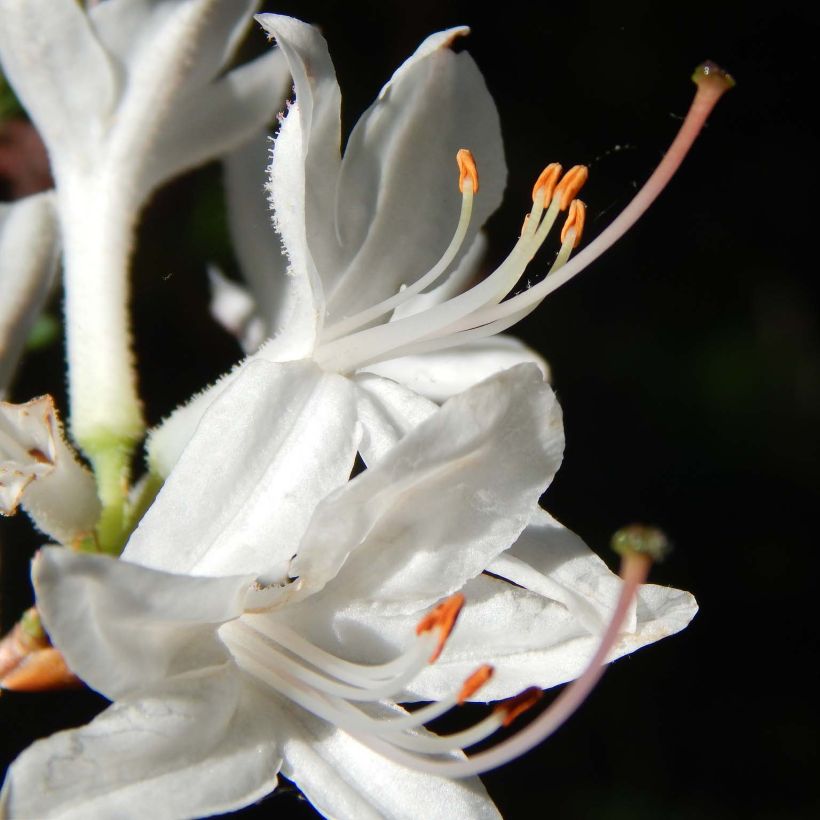

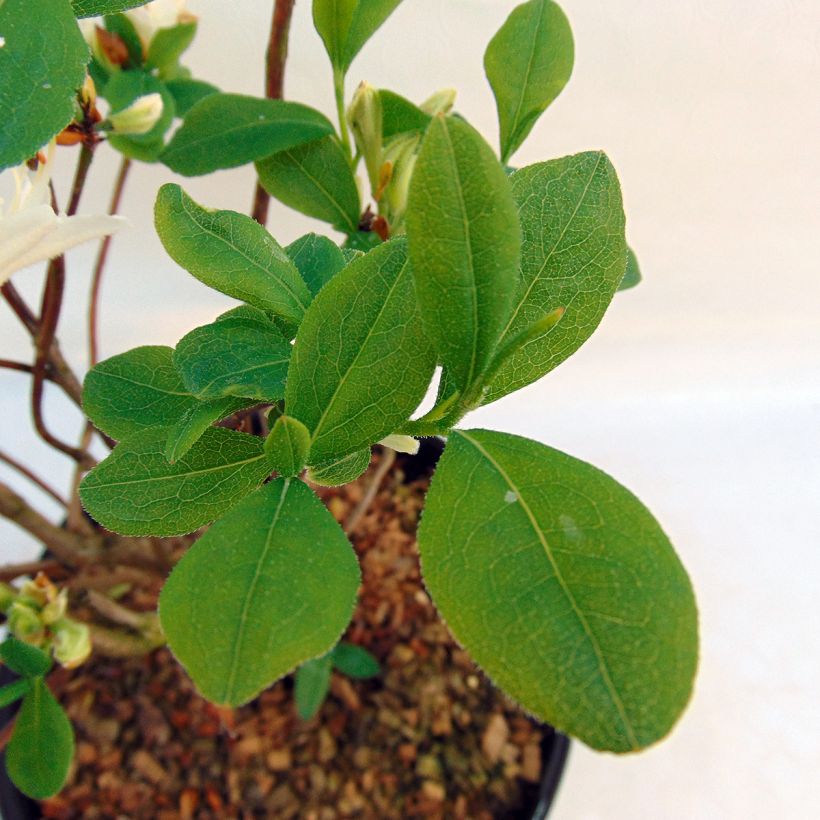

Plant habit
Flowering
Foliage
Botanical data
Rhododendron (Azalea)
x atlanticum
Fragrant Star
Ericaceae
Chinese Azalea
North America
Other Chinese Azalea
View all →Planting and care
The 'Fragrant Star' Rhododendron is a hardy plant that can withstand temperatures as low as -29°C (-20.2 °F) and tolerates heat well if it is not lacking in water. Choose a sunny or partially shaded location, sheltered from strong winds. It prefers well-drained but moist, humus-rich, and fertile soils with a pH between 4.5 and 6.5. Like all plants in the heath family, it does not tolerate alkaline or limestone soils, nor heavy soils that are constantly wet and waterlogged in winter. Dig a hole three times larger than the pot. Soak the root ball in non-limestone water and plant the bush at the collar level, in a mixture composed of 1/4 peat, leaf compost, gravel or pumice, and good-quality topsoil. Add dried blood and crushed horn to the bottom of the planting hole, but without direct contact with the roots (spread a layer of compost over this fertilizer before installing the plant). Water generously and keep the soil moist in summer.
Azaleas and Rhododendrons generally have a shallow root system. Therefore, they are susceptible to long periods of drought. That's why a humus-rich soil and abundant watering during dry periods are recommended. In addition, this root system is not very strong, which is why it is essential to lighten heavy soils with draining materials (gravel, pumice, clay pellets) at planting. Apply a mulch of shredded pine bark at the base of the bush every spring to keep the soil cool while maintaining an acidic pH.
Maintenance involves cutting off faded flowers in summer and removing dead branches. Azaleas and Rhododendrons can sometimes be attacked by weevils that eat the edges of leaves and rootlets, as well as the notorious "rhododendron beetle," which does not often cause significant damage. However, you can treat them with carbofuran. Yellowing of the leaves (chlorosis) in Rhododendrons indicates poor iron assimilation in the soil and can cause premature death of the plant. While limestone is often the cause, poorly drained soil or deep planting can also explain the phenomenon.
The most commonly observed fungal diseases in rhododendrons are Phytophthora in warm and humid soil, Armillaria, and mildew.
Planting period
Intended location
Care
Planting & care advice
-
, onOrder confirmed
Reply from on Promesse de fleurs
Similar products
Haven't found what you were looking for?
Hardiness is the lowest winter temperature a plant can endure without suffering serious damage or even dying. However, hardiness is affected by location (a sheltered area, such as a patio), protection (winter cover) and soil type (hardiness is improved by well-drained soil).

Photo Sharing Terms & Conditions
In order to encourage gardeners to interact and share their experiences, Promesse de fleurs offers various media enabling content to be uploaded onto its Site - in particular via the ‘Photo sharing’ module.
The User agrees to refrain from:
- Posting any content that is illegal, prejudicial, insulting, racist, inciteful to hatred, revisionist, contrary to public decency, that infringes on privacy or on the privacy rights of third parties, in particular the publicity rights of persons and goods, intellectual property rights, or the right to privacy.
- Submitting content on behalf of a third party;
- Impersonate the identity of a third party and/or publish any personal information about a third party;
In general, the User undertakes to refrain from any unethical behaviour.
All Content (in particular text, comments, files, images, photos, videos, creative works, etc.), which may be subject to property or intellectual property rights, image or other private rights, shall remain the property of the User, subject to the limited rights granted by the terms of the licence granted by Promesse de fleurs as stated below. Users are at liberty to publish or not to publish such Content on the Site, notably via the ‘Photo Sharing’ facility, and accept that this Content shall be made public and freely accessible, notably on the Internet.
Users further acknowledge, undertake to have ,and guarantee that they hold all necessary rights and permissions to publish such material on the Site, in particular with regard to the legislation in force pertaining to any privacy, property, intellectual property, image, or contractual rights, or rights of any other nature. By publishing such Content on the Site, Users acknowledge accepting full liability as publishers of the Content within the meaning of the law, and grant Promesse de fleurs, free of charge, an inclusive, worldwide licence for the said Content for the entire duration of its publication, including all reproduction, representation, up/downloading, displaying, performing, transmission, and storage rights.
Users also grant permission for their name to be linked to the Content and accept that this link may not always be made available.
By engaging in posting material, Users consent to their Content becoming automatically accessible on the Internet, in particular on other sites and/or blogs and/or web pages of the Promesse de fleurs site, including in particular social pages and the Promesse de fleurs catalogue.
Users may secure the removal of entrusted content free of charge by issuing a simple request via our contact form.
The flowering period indicated on our website applies to countries and regions located in USDA zone 8 (France, the United Kingdom, Ireland, the Netherlands, etc.)
It will vary according to where you live:
- In zones 9 to 10 (Italy, Spain, Greece, etc.), flowering will occur about 2 to 4 weeks earlier.
- In zones 6 to 7 (Germany, Poland, Slovenia, and lower mountainous regions), flowering will be delayed by 2 to 3 weeks.
- In zone 5 (Central Europe, Scandinavia), blooming will be delayed by 3 to 5 weeks.
In temperate climates, pruning of spring-flowering shrubs (forsythia, spireas, etc.) should be done just after flowering.
Pruning of summer-flowering shrubs (Indian Lilac, Perovskia, etc.) can be done in winter or spring.
In cold regions as well as with frost-sensitive plants, avoid pruning too early when severe frosts may still occur.
The planting period indicated on our website applies to countries and regions located in USDA zone 8 (France, United Kingdom, Ireland, Netherlands).
It will vary according to where you live:
- In Mediterranean zones (Marseille, Madrid, Milan, etc.), autumn and winter are the best planting periods.
- In continental zones (Strasbourg, Munich, Vienna, etc.), delay planting by 2 to 3 weeks in spring and bring it forward by 2 to 4 weeks in autumn.
- In mountainous regions (the Alps, Pyrenees, Carpathians, etc.), it is best to plant in late spring (May-June) or late summer (August-September).
The harvesting period indicated on our website applies to countries and regions in USDA zone 8 (France, England, Ireland, the Netherlands).
In colder areas (Scandinavia, Poland, Austria...) fruit and vegetable harvests are likely to be delayed by 3-4 weeks.
In warmer areas (Italy, Spain, Greece, etc.), harvesting will probably take place earlier, depending on weather conditions.
The sowing periods indicated on our website apply to countries and regions within USDA Zone 8 (France, UK, Ireland, Netherlands).
In colder areas (Scandinavia, Poland, Austria...), delay any outdoor sowing by 3-4 weeks, or sow under glass.
In warmer climes (Italy, Spain, Greece, etc.), bring outdoor sowing forward by a few weeks.






























